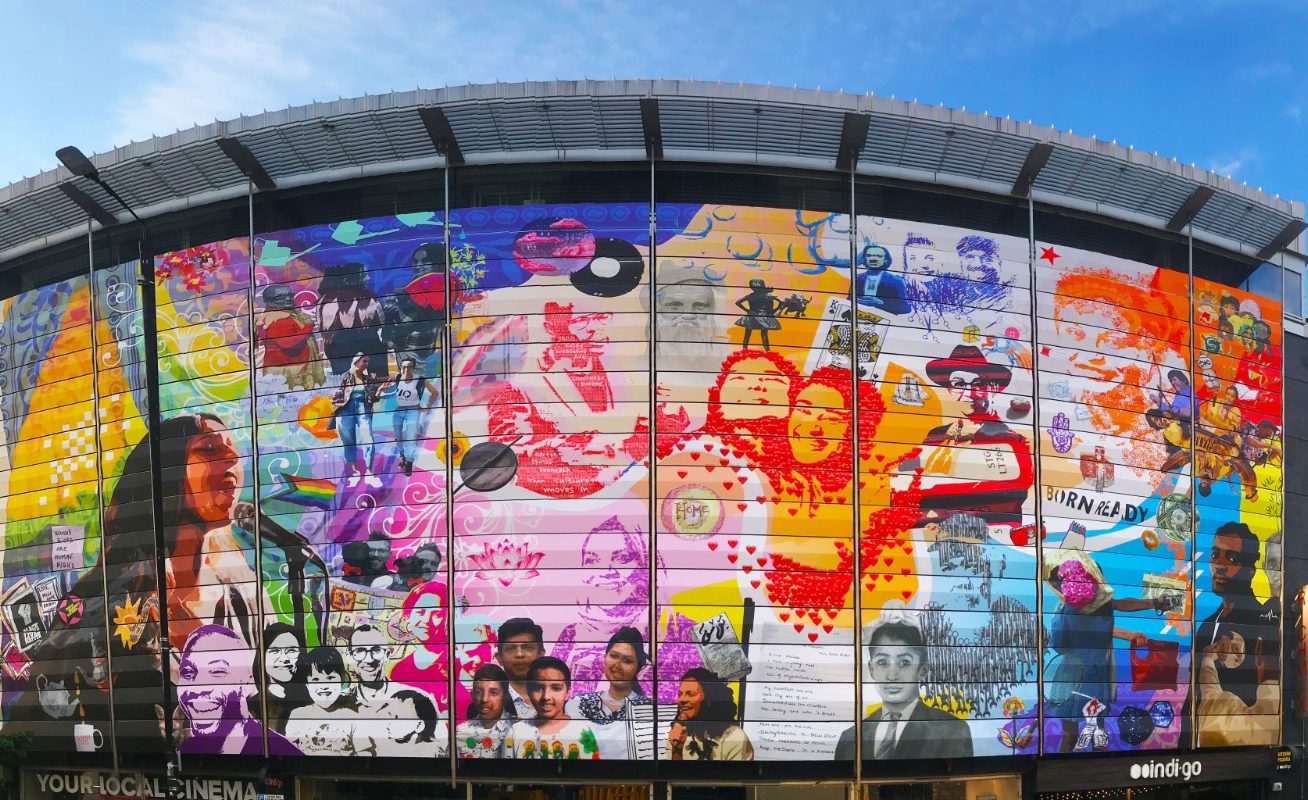We’re excited to launch our second collaborative public artwork with Paint the Change, titled Culture for a Changing City Community Mural.
Watch our 5 min mini-doc to find out about the process and stories behind this new mural:
For the past few months we’ve been working with Paint the Change, long-term partner Halima Khanom and community groups to create a new mural on the front of our building. Its aim? To welcome you back and celebrate the local area as we come out of lockdown, by reflecting on the communities and people that make up Tower Hamlets.
Earlier this summer we put a call-out for submissions, asking people with a personal connection to Tower Hamlets to send us something that captures their story. People were able to submit digitally, in person, in workshops hosted by us, and via portraits taken by Nigel R Glasgow at OnRedchurch’s Street Fest in July.
We were inundated with a fantastic array of photos, mementos and collages, which award-winning street artist ATMA has combined to create one gigantic mural from over 100 pieces of artwork.
From the Hand of Fatima to playing cards, teapots, bagels, mehndi, BLM and Women’s Rights placards and selfies, the end result is a joyful and inspiring piece that we can’t wait to share with you!
From Fri 1 Oct, you’ll be able to see our new mural on display across the front of our building at 35-47 Bethnal Green Road, London E1 6LA. If you take any photos, remember to tag us in so that we can see them – @richmixlondon @paintthechangeglobal and #CultureForAChangingCityMural.
We look forward to welcoming you back to the area!
Here are a few of the stories behind each of the chosen objects featured in our mural, either told from the participants themselves, and with comments from ATMA, the artist who adapted and combined the myriad items into one giant mural…
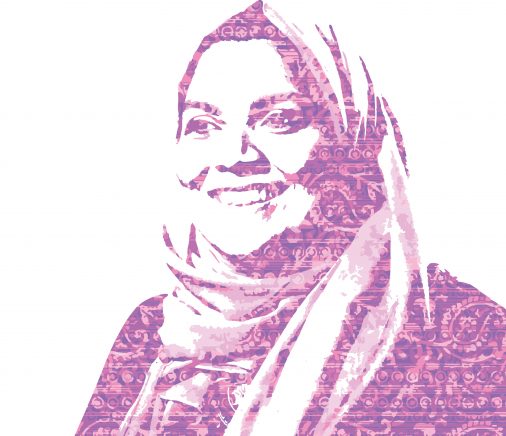
Halima Khanom, portrait by Nigel R Glasgow, adapted by ATMA
“My family are originally from Bangladesh – my Mum and Dad arrived in the ’60s and ’70s – and my Mum would very proudly wear a saree in all her years she lived here. I think it’s a very visual representation of the Bangladeshi community in the local area. I just love the saree, I think there’s a universality about it, it suits everyone.”
“Halima’s portrait has been created by repeating and multiplying patterns found in sarees, her chosen object. She brought a pale pink saree to the community workshop, so I opted for this as the principal colour.”
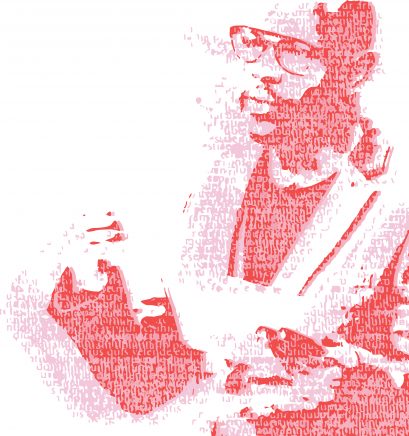
Mr Gee, portrait, adapted by ATMA
“I’m reciting a poem on stage in front of a live crowd. Doing what I love to do and loving every minute of it!”
“Mr Gee is a man of words, so I couldn’t resist to compose his portrait out of hundreds of letter forms, creating an abstract texture so that only words ‘visual’ interpretations could create.”
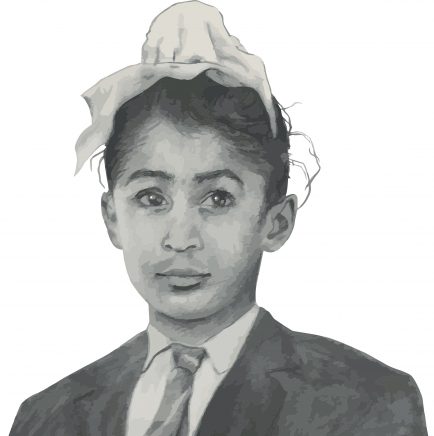
Suresh Singh, portrait, adapted by ATMA
“Mum was affectionate and warm. She was a large woman who was very cuddly and I would always be hugging her. As the youngest boy, I spent all my time with her. She washed my hair every morning in the kitchen and every evening in front of the fire. It was a ritual – undoing the plait, combing the hair forward and washing it. Sometimes she would wash it with yoghurt, then massage mustard oil all the way.” – an excerpt from Suresh Singh: Author of A Modest Living: Memoirs of a Cockney Sikh, published by Spitalfields Life.
“Such a beautiful story from a few decades ago deserved to be hand drawn.”
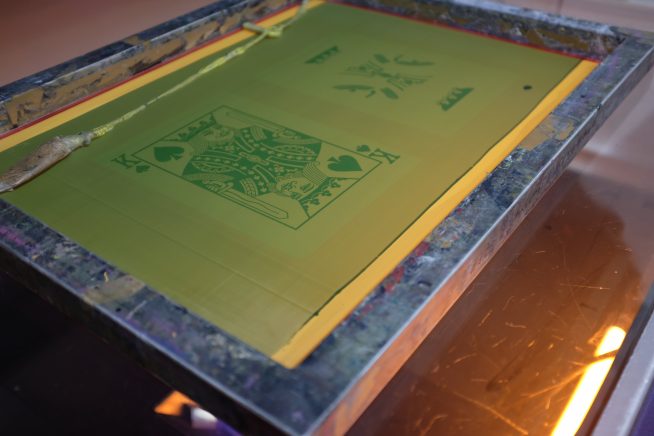
Jahangir Alom, playing cards, adapted by ATMA
“My name is Jahangir. Most of my life I’ve been using the name Jay because its easier for others to pronounce. I used to find my real name embarrassing. I only recently started to reclaim and use my true name. A few weeks back, I went to a poetry workshop at Rich Mix. One of the organisers asked me what my name was. She received my real name with delight and explained how wonderfully striking the name is. She reminded me that I was named after the Persian king Jahangir and like him I can be strong, secure and resilient.
I went home and designed image in Adobe Illustrator to then screen-print in black and pale gold. This image reminds me that I have the strength in me to live the creative life I’ve desired for so long. I feel this image does represent me and it was influenced by my relationship with Rich Mix.”
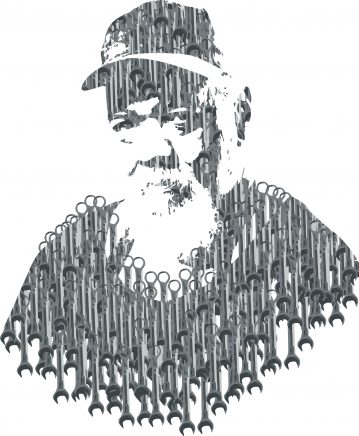
Mr Jones, portrait by Nigel R Glasgow, adapted by ATMA
We met and photographer Mr Jones during OnRedchurch’s Street Fest, where he was running a free bicycle repair stand next to ours.
“Mr Jones has used tools and spanners for decades, so I wanted to use repetition of the object to create his portrait. A little bit like paying homage to each time he picks a spanner to fix a bike.”
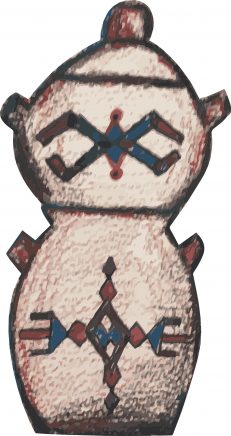
Linda Ouazar, couscousière
“As participant in our family workshops, Linda drew a stunning couscousière, traditional cooking tool from North Africa (Algeria in this case) to make couscous. Every woman would decorate their own couscousière and pass it to the next generation.”
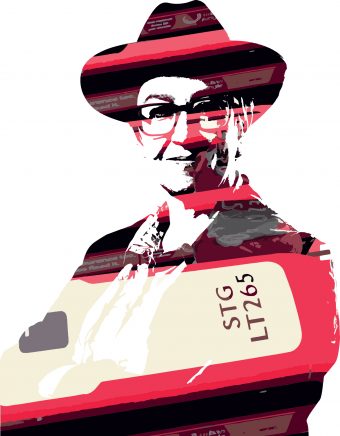
Vic Roberts, portrait by Nigel R Glasgow, adapted by ATMA
“Well, I’ve always loved a cowboy hat – since I was a kid. But it’s not the kind of hat you can wear in London without looking like a tit. But the one I’m pictured in, for the mural is an Open Road. Now that’s a hat that can be worn in London. It gets a lot of compliments. It can also be worn hiking, but if I do I do tend to get mistaken for a park ranger. I was asked about trails, bears and mountain lions countless times while we were hiking in Glacier National Park. The Open Road turned out to be quite the ranger hat in Victoria Park too, my wife and I volunteered to work at the park at the beginning of lock down, while we were at home in London.”
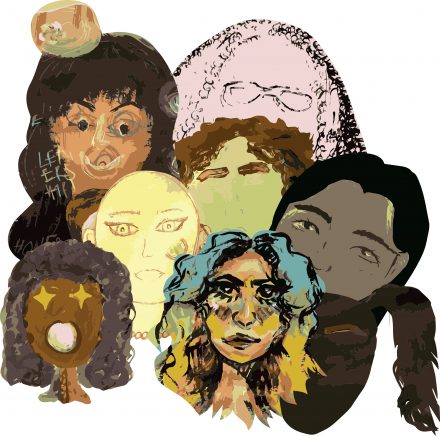
Yusra, self portrait
“I see myself as a leader for positive change, someone who is hopeful and will use their creativity to benefit others.”
Zahra, self portrait
“Each part of my portrait represents different things about my personality. For example my hair represents curiosity while my mouth relates to my zesty personality.”
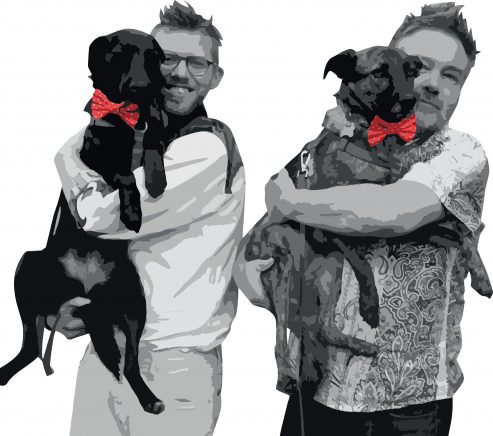
Dominic, photograph, adapted by ATMA
“Bethnal Green is our home and two of the best days of our lives were here at home in Bethnal Green; getting civil partnered surrounded by animals at Spitalfields Farm and adopting the two rescue hounds pictured (Denise and Claudine). I’ve lived here for over 20 years and I’m constantly amazed and inspired by the diverse, creative and supportive community that I live amongst.”
Halima Khanom has over 10 years of experience and is interested in using heritage as a way of engaging socially isolated and marginalised groups with place, particularly their own locale.
Paint the Change is a global street art project for social justice. We believe that public art can play a powerful role in stimulating discussions around urgent social issues. A mural is not just a work of art: it becomes a social and digital event and a focus for dialogue and progress.
#CultureForAChangingCityMural

